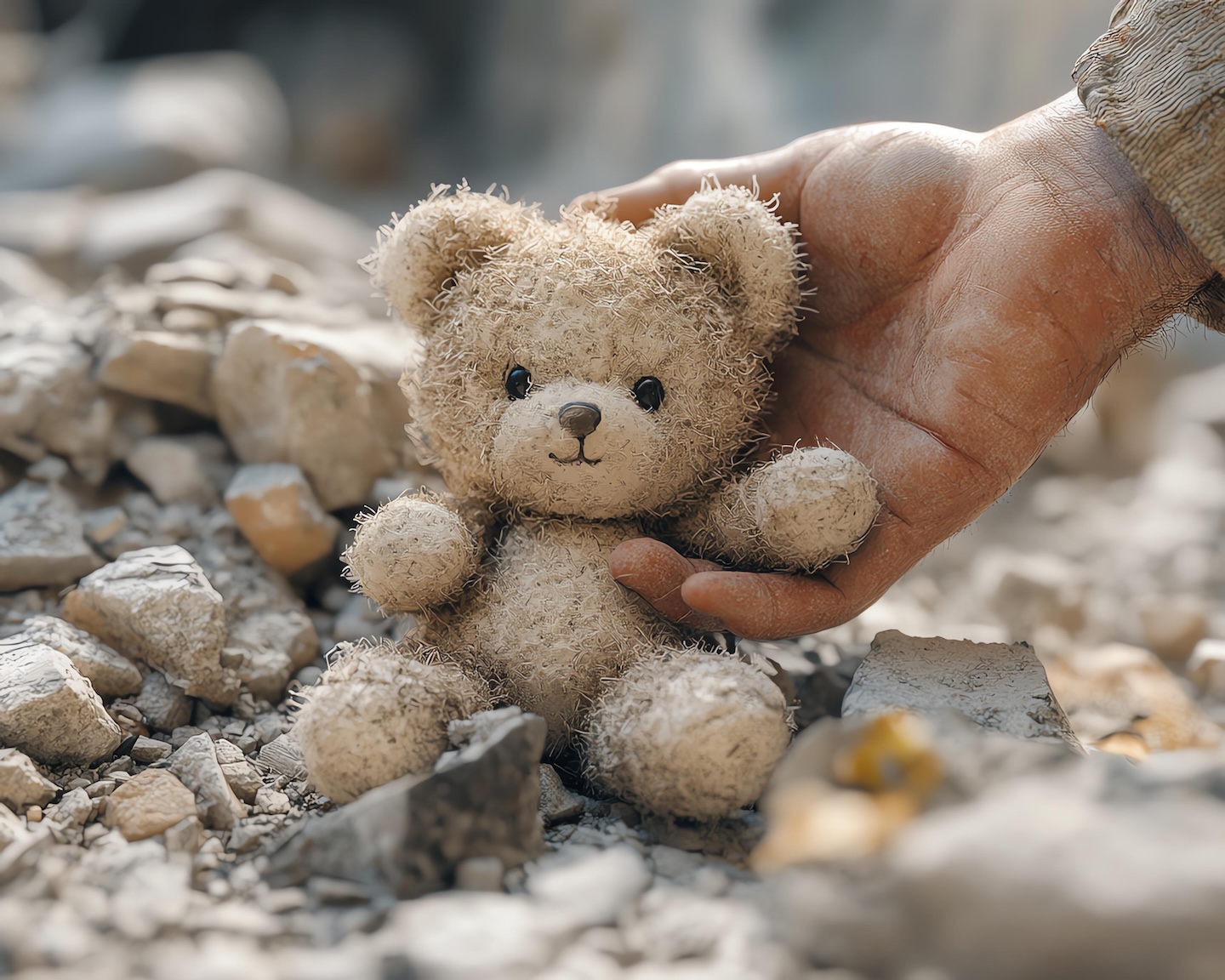Faith After Trauma: Rebuilding Trust in God When Trust Itself Has Been Shattered

Trauma has a way of shaking the ground beneath us. It doesn’t just affect our bodies and emotions; it can reach into the deepest parts of who we are—our sense of safety, our relationships, and even our faith.
I’ve sat with many people who whisper through tears: “I used to believe God was protecting me… but where was He then?” or “I want to pray, but I can’t bring myself to say the words anymore.”
These are not uncommon struggles. In fact, they are profoundly human. Trauma often leaves us not only with flashbacks and anxiety, but with haunting spiritual questions. If trust has been violated by people—or by life itself—then trusting God can feel impossible.
And yet, time and again, I’ve also seen people slowly, gently, rebuild a faith that feels more honest, resilient, and rooted in grace than before.
Why Trauma Impacts Faith
Trauma overwhelms the nervous system. It teaches the body to stay on alert, bracing for danger. When someone has experienced abuse, betrayal, or violence, the brain and body learn: The world is not safe. People are not safe.
But for many people of faith, the pain cuts deeper. If God is supposed to be a refuge, then trauma can make it feel like God was absent—or worse, complicit.
- Betrayal trauma (such as abuse in spiritual or family settings) often leaves survivors questioning not only people but also their understanding of God.
- Natural disasters, accidents, or loss can raise painful questions of divine protection.
- Chronic suffering can erode the sense that God is loving or attentive.
As one client put it:
“I didn’t lose my belief in God. I lost my belief that God was safe.”
The Myths That Make Healing Harder
After trauma, people are often given quick answers: “Just pray more.” “Forgive and move on.” “God won’t give you more than you can handle.”
These responses, though often well-intentioned, can deepen wounds. They imply that if you’re struggling, your faith is too small. They leave no room for grief, anger, or doubt—all of which are natural and necessary parts of recovery.
Faith after trauma cannot be forced. It must be rebuilt gently, with space for honesty.
Pathways Toward Rebuilding Faith
Healing faith after trauma is not about returning to what was before. It’s about discovering a new way of relating to God—one that honors pain, acknowledges questions, and still allows for hope.
Here are some ways I’ve seen this journey unfold:
1. Permission to Lament
In the Bible, lament is not weakness; it’s worship. The Psalms are filled with cries of “How long, O Lord?” and “Why have You forsaken me?” Allowing yourself to grieve before God, without censoring your pain, is often the first step.
“For months, my prayers were just sobs. I didn’t say much—I just let God see me crying. That was enough.”
2. Finding Safe Community
Isolation reinforces the lie that you’re alone. Gentle, non-judgmental community—whether in therapy, a trusted small group, or a supportive friend—can restore trust step by step.
3. Re-Imagining God
Trauma often distorts our image of God into something harsh, distant, or punitive. Therapy and spiritual reflection can help reshape those images into something truer and kinder. The sometimes shallow understanding that we had of God before the trauma might not be true after we heal.
4. Embodied Practices
Trauma lives in the body. Sometimes words alone feel empty. Practices like breath prayer, walking in nature, or lighting a candle can create small, embodied rituals of connection.
5. Accepting That Faith Will Look Different
Healing doesn’t always mean returning to the exact beliefs you once held. Sometimes it means letting go of rigid ideas and embracing a faith that has space for doubt, complexity, and mystery.
When Trust Feels Impossible
There may be seasons when faith feels completely out of reach. That doesn’t mean you’ve failed. Sometimes the most courageous act of faith is simply refusing to walk away from yourself.
In those moments, therapy can offer a bridge. Therapy doesn’t replace faith—it creates safety for faith to regrow, slowly, in its own time.
For Our Community
Here in Bellingham and Whatcom County, I often hear people say they love the mountains, the water, the sense of reflection this place allows. For many, nature itself feels like the first step back toward trust in God—a quiet reminder that beauty still exists, even after suffering.
I believe that healing faith after trauma is not about pretending the pain didn’t happen. It’s about discovering that, even in the aftermath, God’s presence can meet us in new and surprising ways.
An Invitation
If you’ve experienced trauma and feel your faith has been shaken, please know this: you are not alone, and your questions are not wrong. Rebuilding trust takes time. It takes honesty. And it often takes a safe, compassionate companion to walk with you.
In therapy, we can explore both the wounds and the hope. We can create space for lament, for re-imagining God, and for rediscovering your voice. You don’t have to choose between your healing and your faith—you can bring them together.
If this resonates with you, I’d be honored to walk alongside you. Reach out today, and let’s begin the journey of rebuilding trust.
References
- Herman, J. L. (2015). Trauma and Recovery: The Aftermath of Violence—from Domestic Abuse to Political Terror. Basic Books.
- Pargament, K. I. (2011). Spiritually Integrated Psychotherapy: Understanding and Addressing the Sacred. Guilford Press.
- Exline, J. J., Pargament, K. I., Grubbs, J. B., & Yali, A. M. (2014). The Religious and Spiritual Struggles Scale: Development and initial validation. Psychology of Religion and Spirituality, 6(3), 208–222.

